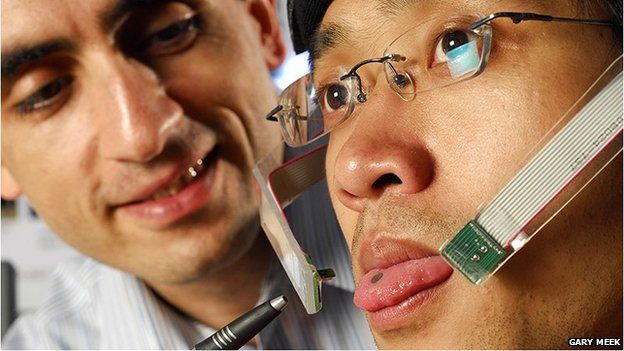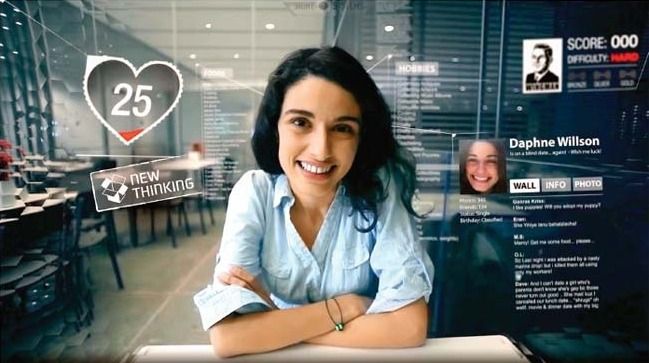By MICHAEL VIRTANEN
Associated Press
QUEENSBURY, N.Y. (AP) — Coming soon to your local sheriff: 18-ton, armor-protected military fighting vehicles with gun turrets and bulletproof glass that were once the U.S. answer to roadside bombs during the Iraq war.
The hulking vehicles, built for about $500,000 each at the height of the war, are among the biggest pieces of equipment that the Defense Department is giving to law enforcement agencies under a national military surplus program.
For police and sheriff’s departments, which have scooped up 165 of the mine-resistant ambush-protected vehicles, or MRAPS, since they became available this summer, the price and the ability to deliver shock and awe while serving warrants or dealing with hostage standoffs was just too good to pass up.
Continue reading “Spoils of war: Police getting leftover Iraq trucks” »










